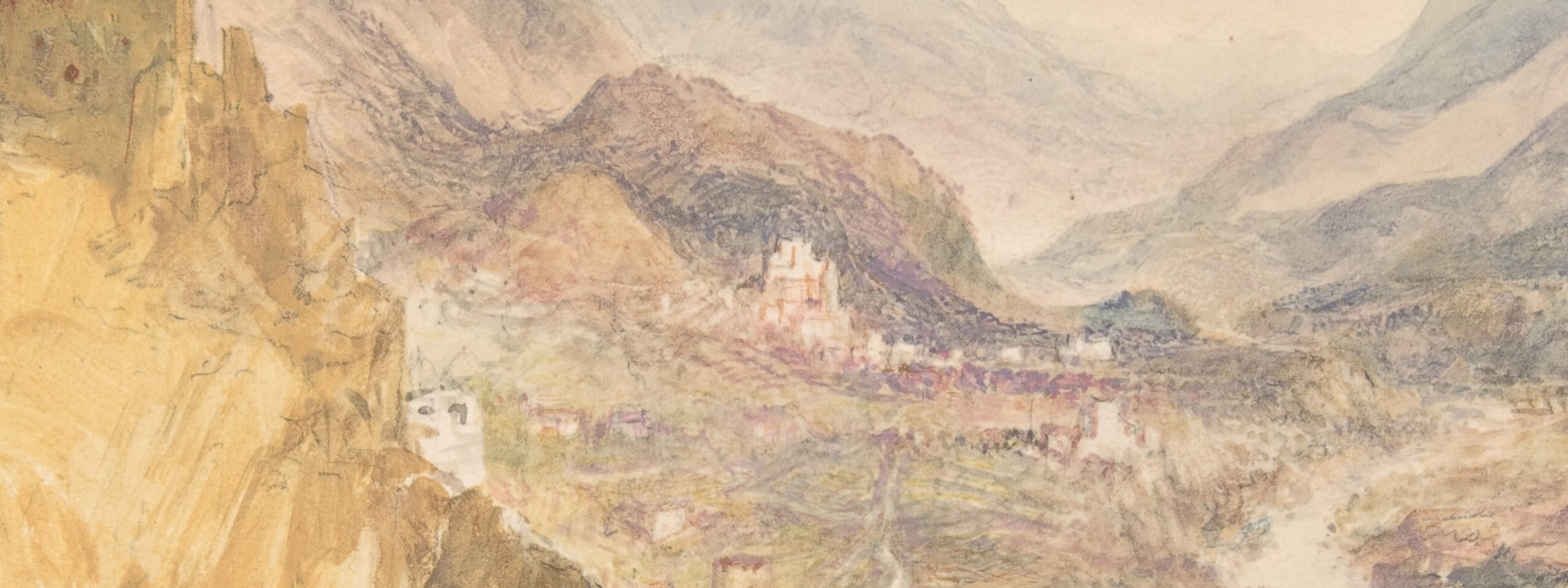The undergraduate major in Art History empowers students to understand, interpret, and contribute to our complex visual world. Majors gain a broad knowledge of diverse historical and contemporary artistic traditions and receive structured training in foundational skills of art historical analysis, scholarly research, and writing. Our flexible curriculum exposes students to various cultures, periods, and theoretical perspectives while training them to pursue individual interests in specific areas of historical and contemporary art.
Why an Art History major at UW?
Art history majors:
- Develop valuable skills in visual, verbal, and written literacy; analytical insight and investigation; critical reading and reasoning; information synthesis; close visual and material observation; original research; and persuasive argumentation.
- Learn and use fundamental art historical concepts, vocabularies, methodologies, and problem-solving techniques to examine and interpret art.
- Explore diverse conceptions of human creativity, art, and artists.
- Grasp how visual images and material culture communicate information, define cultures, and contribute to new and innovative ways to understand the past and present.
- Work directly with original art objects, archival materials, and architectural sites.
- Actively engage with other fields, including history, philosophy, literature, music, gender studies, languages, cultural studies, anthropology, comparative religion, and media studies.
Admissions
The BA in Art History is an open major with minimum requirements:
- Must be a current UW student
- Minimum 2.5 cumulative GPA
Current students can declare an Art History major at any time by meeting with an Adviser. Students transferring with 90 or more credits should be prepared to declare the major during the first quarter of attendance at UW.
Degree Requirements
To graduate with a Bachelor of Art in Art History, students must complete at least 180 course credits: 60 credits of Art History, UW general education requirements, and electives.
Major Requirements
Art history majors progress through the following sequence of courses, which is designed to steadily develop students’ fundamental analysis, research, and writing skills. We encourage majors to take classes focused on varied cultures and time periods.
- 200-level ART HISTORY courses (10 cr) introduce students to the artistic production of various diverse cultures and historical eras, teach fundamental skills of visual analysis and the assessment of scholarly arguments in art history, and prepare students for more advanced courses. Many of these classes also satisfy the UW and College of Arts and Sciences Writing Requirement.
- 300-level ART HISTORY courses (20 cr) deepen students’ ability to perform visual analysis, produce critical writing, and comprehend art historical scholarship. They offer a more focused and in-depth exploration of specific cultures and periods than 200-level courses.
- 400-level ART HISTORY courses (20 cr) are capstone courses that are designed to be taken in the junior and senior years. These courses explore particular topics in depth and help students master the skills of scholarly argumentation and writing in art history.
- ART HISTORY Electives (10 cr) are any course with the ARTH H prefix that students may select based on their interest in specific areas of study in art history.
Transferring Credits
A maximum of 15 transfer credits of art history classes may be applied toward the major credits required for the BA in Art History.
Honors Program
Majors who wish to forge close ties with faculty mentors, distinguish themselves in the field, and advance knowledge in an area of interest can earn the distinction of Honors in Art History.
